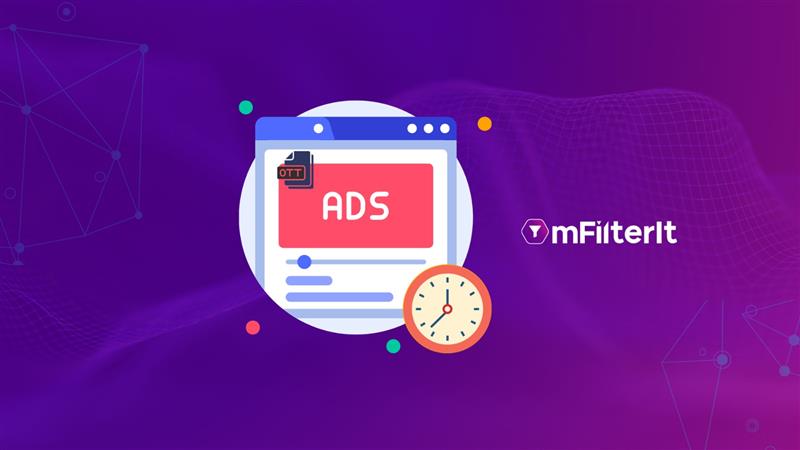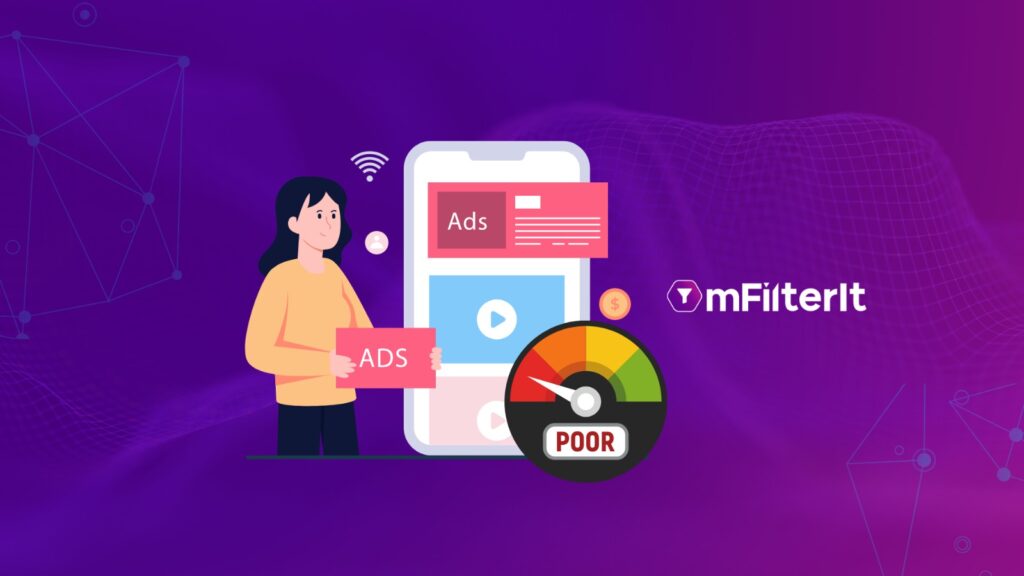Ad Spending in the US market will reach $421 billion in 2024. Out of a market worth $143 billion, TV and video Advertising stands out as the largest market there. Accurately measuring an ad campaign’s effectiveness is essential. It is the marketer’s job to protect against waste and improve campaigns’ ROI. Adopting ad fraud detection tool driven by AI-ML tech can achieve this.
According to the Statista Report, by 2029, it has been estimated that 87% of advertising revenue in the United States will be attributable to programmatic advertising.
Need for Full Funnel Protection
When it comes to combating ad fraud, one must understand that the focus on impressions alone will not work. It is imperative to adopt full-funnel protection, focusing on detecting ad fraud and preventing it within the entire customer journey from the first impression to post-click interactions. Here’s why-
Impression Validation is not enough.
Full funnel protection is a must as impression validation is not enough. It’s not a foolproof indicator of ad fraud. Here’s why:
- Bot-generated views and impressions: Bots can be programmed to simulate human behavior, including scrolling and pausing on pages, to ensure ads are “viewed.” These bots can inflate viewability rates without generating any real user engagement.
- Low-Quality Traffic: Even if a human views an ad, the traffic may come from low-quality sources like click farms or websites with minimal user engagement. These impressions may not lead to conversions or meaningful interactions.
- Click-Through Rates (CTR): While viewability indicates if an ad was seen, CTR measures if it was clicked on and engaged with. A high viewability rate and a low CTR can be a red flag for low-quality traffic or ad fraud.
- Low conversion rates: Ultimately, advertising aims to drive conversions, such as sales or sign-ups. A high viewability rate without corresponding conversion increases is always suspicious
Data is limited Trackers easily bypassed by using Safe-Frames / iFrames Due to the huge volume of impressions, only sampling is executed but with limited time for analysis (~20ms).
Limited data for analysis covering only IPs and user agents. Impressions are the easiest to spoof!
Deeper Fraud Checks
Fraud is not only inflated impressions. There are several ad techniques used by publishers such as ad pixel stuffing, domain spoofing, fake clicks, etc. A comprehensive validation process needs to be in place covering deterministic, behavioral, and heuristic checks for a multilayer approach to fraud prevention across the funnel.
Full-funnel checks address these deeper issues to guarantee that the figures reflected in the campaign metrics translate to valuable interaction from the target audience.
Combined Power of Click & Down the Funnel Analysis
Embrace the power of click validation and ensure the click turn visits with genuine engagement. Seek validation beyond those that bypass walled garden restrictions, and ensure a more reliable environment on advertiser’s own pages. For lower volume, allows census analysis and makes sure that more time is available to track user behavior patterns and generate genuine engagement. Track bot patterns vs huma to detect sophisticated fraud like mouse movements and cover all campaign types with down-the-funnel analysis
mFilterIt vs Competition – Pre-Bid Analysis vs Post-Bid Analysis
There are several ad verification tools on the market. However, they differ in their effectiveness in providing ad verification services. This will examine the relative advantages for us against its competitors in both pre-bid and post-bid analyses.
mFilterIt: A Full-Funnel Approach
We detect fraud in post-bid analysis; thus, fraud detection is our strong suit. It employs techniques for the detection of fraud that reach beyond the most basic advertisement viewability measures.
- Impression Fraud Detection- We detect up to 15-20% fraud in campaigns. When it comes to validation at the impression level, the focus is on both real human impressions, impressions on Made-for-ad sites, and frequency cap violations. Also, viewability scores are measured to counter fraud throughout the life cycle of the campaign.
- Click Validation- Validate click with visit lead intent to check on campaign performance.
- Visit Intent Scoring is a must for improved channel management and retargeting campaigns
- Getting a lead is not enough to ensure a swift automated process in place for lead validation and lead quality assessment for setting priorities.
Competition: A Narrow Focus on Viewability & Pre-Bid Validation
Impression Fraud analysis is better at the post-bid stage than pre-bid, measuring performance beyond viewability metrics. In pre-bid analysis, i.e. before the ad is served, fraud can be identified based on only two parameters, IP and User Agents. Also, the time for analysis is limited to 10 milliseconds. This results in a meager 2% fraud identification.
This is where a post-bid analysis trumps a pre-bid impression validation. Now that we have several more parameters fraud detection is done on deterministic and heuristic measures as well. This results in the detection of higher invalid impressions of 15-20%. This results in improved ROI on Ad spending. Post-bid analysis is a more beneficial method for detecting ad fraud.
As viewability is not a measure to detect fraud, most of our competition focuses on advertisers spending an average of 15% of their programmatic budget on MFA sites, but some may spend as much as 42%. While 35% of programmatic spending is wasted on low-value environments like MFA sites. By focusing on robust ad fraud detection advertisers can combat the various forms of fraud that undermine their campaigns across digital advertising platforms. Prioritizing impression validation is essential for maximizing return on investment and maintaining trust in the advertising ecosystem.
Understanding the Scope and Limitations of Industry Accreditations
Limited Geography
Some accreditations are largely limited to the US Market. However, competitors use these globally as a selling point. These accreditation bodies have recently come out to express their discontent with traffic validation platforms using it globally. Brands and agencies must check the geo-limitations of accreditations before onboarding the platform.
Service-Specific Accreditation
A part of these accreditations is granted on a service-by-service basis, rather than offering blanket accreditation for entire platforms. Each service or tool must be evaluated separately for its compliance with standards.
Exclusion in Major Platforms
Notably, brands must do a platform-wise analysis i.e. if these accreditations apply to ad platforms, they are running their ads on, or not. Further, it is important to note that no third party is accredited for Google Brand Safety, adding an extra layer of caution for advertisers using these platforms.
Focus on Viewability
Global accreditations primarily validate viewability and pre-bid impressions. It usually does not extend to full-funnel analysis, including clicks and post-clicks validation. This leaves brands vulnerable to fraud beyond the initial impression phase, particularly in areas like click integrity and post-engagement validation.
Make the Right Decision – Why Brands Choose Us
The selection of an Ad fraud detection tool may determine whether an ad campaign will survive or fail. These renowned accreditations bestow some trust and the value of these cannot be replaced. However, full funnel analysis is still a USP that is held by mFilterIt. Competition does not offer a complete shield to protect digital ad spending. Our solution, Valid8 is one of these that offers a detailed level of check for fraud and validation throughout the entire funnel. This makes an ideal solution for any brand seeking the highest level of security against advertisement fraud and brand safety violations.
Conclusion
Ad fraud is an increasingly wide-scale problem requiring always-on vigilance and sophisticated solutions to check its trends. For instance, fraud methods such as ad injection and ad stacking fraud have become so advanced that not even a simple metric such as viewability is the answer to contain it. Brands would require ad prevention tools armed with AI-ML-powered technology providing full-funnel fraud detection and validation resources to protect their ad spend and accurately measure return on investment. For brands wanting to secure investments and get more out of their campaigns, a solution offering end-to-end protection throughout all stages of the funnel is paramount.
Get in touch to learn more about Ad Fraud Prevention.







